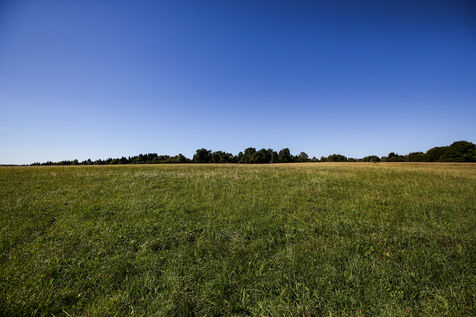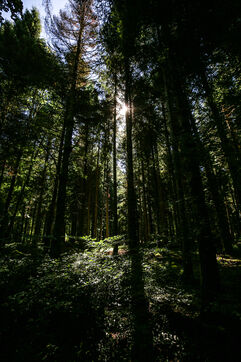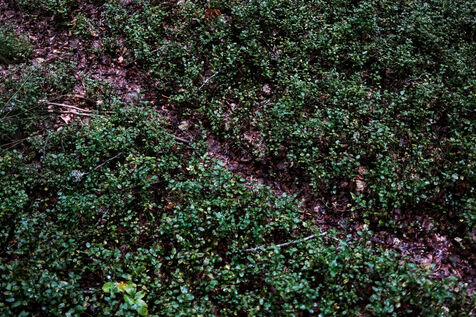SUR LES TRACES DU LOUP [EN COURS]
La présence du loup, longtemps symbole de mystère et de danger dans l’imaginaire collectif, reste aujourd'hui controversée. Si pour les éleveurs elle représente une menace directe pour leurs troupeaux et leur activité, les associations naturalistes se réjouissent du retour de ce mammifère, nécessaire à l'équilibre des écosystèmes et la biodiversité. Mais au-delà des considérations d’ordre économique et écologique, le loup fascine aussi. Aux antipodes du chien, ce prédateur sauvage, symbole du "méchant" dans les contes moralisateurs des frères Grimm, de Perrault ou de la Fontaine, incarne une présence difficilement détectable mais menaçante, dont il faudrait se méfier.
Or, couverte d’un halo de mystère, la présence du loup ne peut être identifiée qu’à condition de s’engager dans une enquête sensible ; il s’agit en effet d’apprendre à détecter les indices de sa présence : traces dans la neige, empreintes furtives dans la boue, déjections sur un sentier, cadavres des proies attaquées.
Au cours de l’année 2024 et 2025 nous proposons de nous mettre « sur les traces du loup ». La recherche du loup sera l’occasion d’aller à la rencontre d’une pluralité d’acteurs : éleveurs, habitants, gardes forestiers, naturalistes, touristes, chasseurs. L’enquête, à la fois photographique et ethnographique, permettra de récolter les discours et les représentations multiples qui entourent cet animal fabuleux et sauvage, afin d’interroger la place de ce prédateur dans nos territoires et nos imaginaires.
Texte : S.L
IN THE FOOTSTEPS OF THE WOLF
The presence of the wolf, long a symbol of mystery and danger in the collective imagination, remains controversial today. While farmers see the wolf as a direct threat to their herds and their livelihoods, nature conservation groups are delighted to see the return of this mammal, which is vital to the balance of ecosystems and biodiversity. But beyond the economic and ecological considerations, the wolf also fascinates. The opposite of the dog, this wild predator, the symbol of the ‘bad guy’ in the moralising tales of the Grimm brothers, Perrault and La Fontaine, embodies a presence that is difficult to detect but threatening, and one to be wary of.
However, shrouded in mystery, the presence of the wolf can only be identified if you engage in a sensitive investigation; you have to learn to detect the signs of its presence: tracks in the snow, furtive footprints in the mud, droppings on a path, the corpses of attacked prey.
Over the course of 2024 and 2025, we propose to ‘follow in the wolf's footsteps’. The search for the wolf will be an opportunity to meet a wide range of stakeholders: farmers, local residents, forest rangers, naturalists, tourists and hunters. The survey, both photographic and ethnographic, will enable us to gather together the multiple discourses and representations that surround this wild and fabulous animal, in order to question the place of this predator in our territories and our imaginations.
Text : S.L

















































